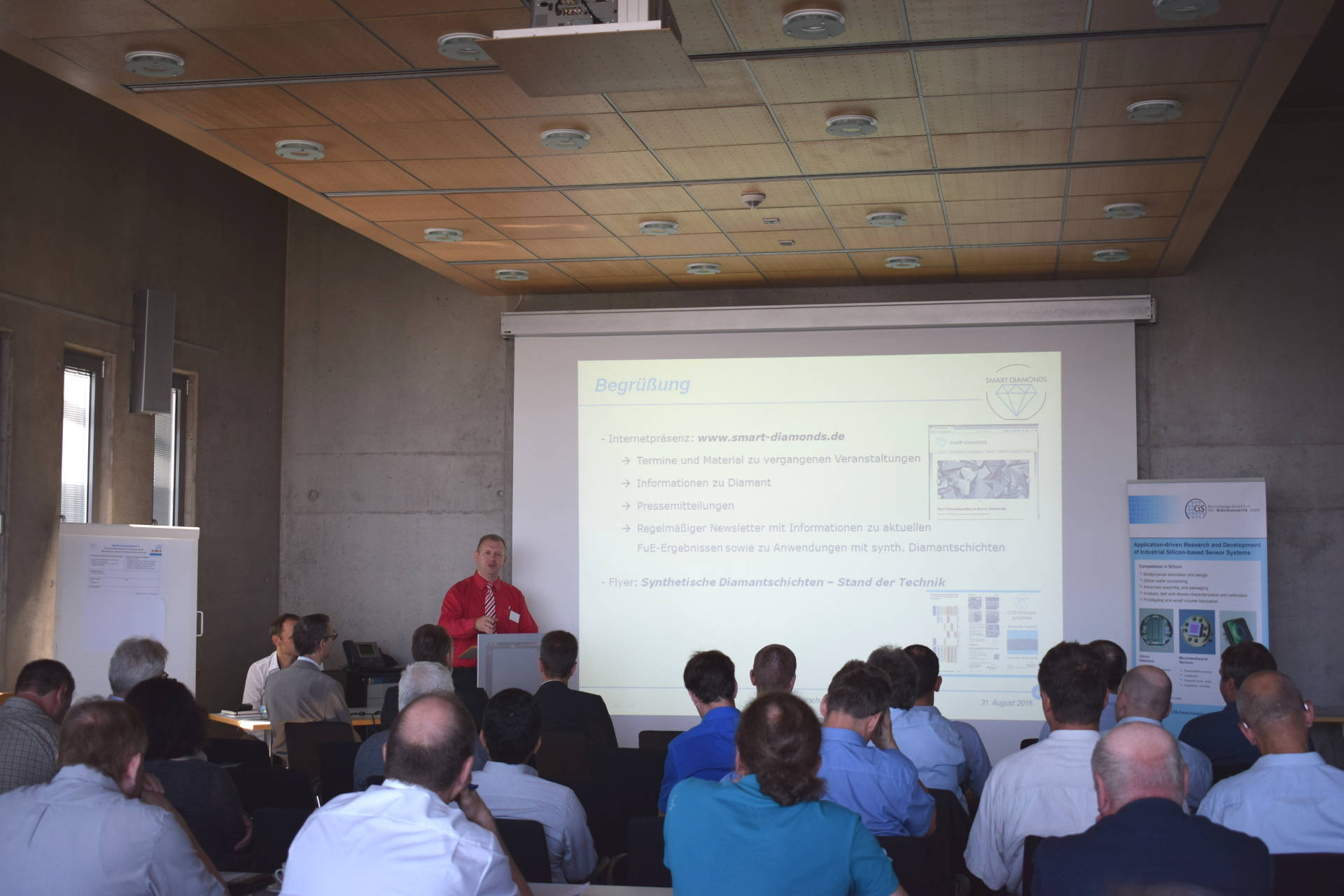The hardest natural material is diamond. It was exactly this property that aroused the industry’s interest in this unique material early on. Diamond is pure carbon, an element that occurs in almost unlimited quantities on earth. In nature, diamond can only be found extremely rarely. Its high price today is solely due to the extreme effort required to search for and mine it.
The first artificial diamond was created in 1953 in a laboratory of the US company General Electric. Since then, researchers all over the world have been working on the production and application of artificially produced diamonds. Today, Germany, Austria and Switzerland in particular are among the world’s leading manufacturers of industrial plants for the production of so-called synthetic diamond coatings. These coatings are versatile and have long since left behind the nimbus of pricelessness.
A nanoscalpel made of synthetic diamond for eye surgery, for example, can be found in the Guinness Book of Records. Ophthalmologists appreciate the sharpness and durability of the surgical knife. The cost of such a high-tech instrument has already paid for itself after 20 operations. Tiny gears and precision springs made of diamond are extremely durable, absolutely maintenance-free and form the secret of many a Swiss brand watch.
Today, other industries can also benefit from using diamond as an extremely resistant, durable and now also affordable material for high-quality products “Made in Germany”. For example, in the future, synthetic diamond coatings will be used in sensor technology and electronics, as the requirements for applications in medical technology, environmental technology, aerospace, but also in industrial production technology are constantly increasing. Companies must react here in order to be able to survive on the global markets in the future through new innovations.
Numerous players from plant engineering to tool manufacturers, from researchers to developers from industry therefore met in Erfurt to discuss this topic. Reliable and stable manufacturing technologies, quality and costs were on the agenda, as were future products for the new growth markets of the environment, medicine, energy technology and Industry 4.0. The approximately 60 participants at the event from Germany, Austria and Switzerland were able to take home the following results:
Supported by research funding in the past decades, these countries are now among the leading equipment suppliers for diamond manufacturing plants. The largest field of application today is the coating of drilling and milling tools.
Today more than ever, the market demands reliable, highly stable and durable materials at acceptable costs. The manufacturing process of artificial diamonds is environmentally friendly and the raw materials are almost unlimited. The technology is ready and now it is up to politics. The CiS Research Institute in Erfurt has taken the initiative and founded the “Smart Diamonds” cooperation platform together with the BMBF.
It connects the interdisciplinary players from science, technology, production and application and thus strengthens the innovative power of companies and regions.
As a bridge to politics and society, this network directs attention to the current agenda of manufacturers and users of synthetic diamond coatings. On 23 and 24 November 2016, manufacturers and users will jointly deepen the diverse approaches as well as agree on an action plan. An exclusive industry exhibition will demonstrate successes and the dynamics of the industry.
For more information on this topic, please visit www.smart-diamonds.de




